Backward compatibility has always been a thorny issue for new consoles. Just weeks before the PS5 released in 2020, Sony refused to acknowledge whether it existed despite pressure from critics and fans. It would’ve been a sweet piece of marketing if it said literally anything, but for some reason, we were stuck waiting until console reviews had trickled out to discover that, yes, existing PS4 games would work on the new generation machine.
Only a handful were left trapped on the PS4, and better yet, many that moved over benefitted from inevitable visual and performance improvements alongside more deliberate enhancements courtesy of Boost Mode. The games all looked and played better than ever, ensuring your transition to the PS5 wouldn’t require you to leave any of your existing physical or digital purchases behind. It was one of the highlights of the console during the launch period with only a handful of worthwhile exclusives, but Sony seemed to regard the feature with shame. Why hide such a massive win?
Backward Compatibility Should Be Mandatory For New Consoles
When a new console isn’t backward compatible, it is immediately a more risky endeavour. It’s asking consumers to spend hundreds of dollars on a machine that also requires them to cast aside their gaming library for a limited selection of titles that may grow with time, but initially pales in comparison. You can keep your old consoles plugged in and still hop onto them whenever you like, but in the modern era, it is far more convenient for any new console manufacturer to do the legwork to ensure a smooth transition.
PlayStation, Xbox, and Nintendo have been doing this for decades. Whenever a new model of console suddenly nips backward compatibility in the bud, it is met with backlash. I’ll never forget when Sony ditched the early PS3 models that natively supported physical PS2 games early into its lifespan to cut costs, meaning all future consoles would only support the much older PS1 games unless you forked out for digital versions of classics you may already have owned physically. It made the machine worse in every conceivable way, while devices like PS VR 2, which cast aside supporting old titles entirely, were doomed from the start because of that sad fact.
Console hardware across the board has become so homogenous that supporting the past three or so generations of games on new platforms is easier than it’s ever been. When it comes to Nintendo, the company has never been consistent with supporting its older titles because each console has been so drastically different.
The SNES didn’t support NES games, while the Nintendo 64 and GameCube had such drastically different form factors and native hardware that getting cartridges and mini-discs to play ball was impossible. Things improved with the Nintendo Wii and Wii U, both of which supported their preceding consoles without any trouble, and even positioned this as a major selling point.
Switch 2 Backward Compatibility Is A Pleasant Surprise
Considering the catastrophic failure of the Wii U, the Nintendo Switch was always destined to start from square one. Throughout its lifespan, it has developed a habit of porting all existing Wii U exclusives and turning underrated bangers into blockbuster million sellers, knowing it needed to produce new versions of them to both fit the cartridge format and market games first born on a console nobody cared about.
It was necessary, and when the Switch 2 broke cover earlier this week, I didn’t expect backward compatibility to receive a mention, knowing that Nintendo is the type of company to sell existing games back to us again and again with the smallest of changes.
But in fact, backward compatibility was confirmed during the reveal trailer without any hesitation. Using an image of an original Nintendo Switch and its successor side-by-side with copies of Super Mario Bros. Wonder being played on the screen, the text confirms both physical and digital games you already own will be compatible on the console. There will be a handful of exceptions discussed at a later date, but months away from launch we already know there is little chance of us being taken for a ride. This is quite unlike Nintendo, and feels like a core indication of its attitude towards the coming generation.
It isn’t trying to market the Nintendo Switch 2 as a bold successor that abandons everything that came before. That has almost sunk the company in previous generations, so, for the first time in its history, Nintendo is playing it safe and producing a console it knows will win hearts and minds without pushing the boat out. But when the hardware is still exceptional and most of its exclusives blow expectations out of the water, what you play them on ceases to matter.
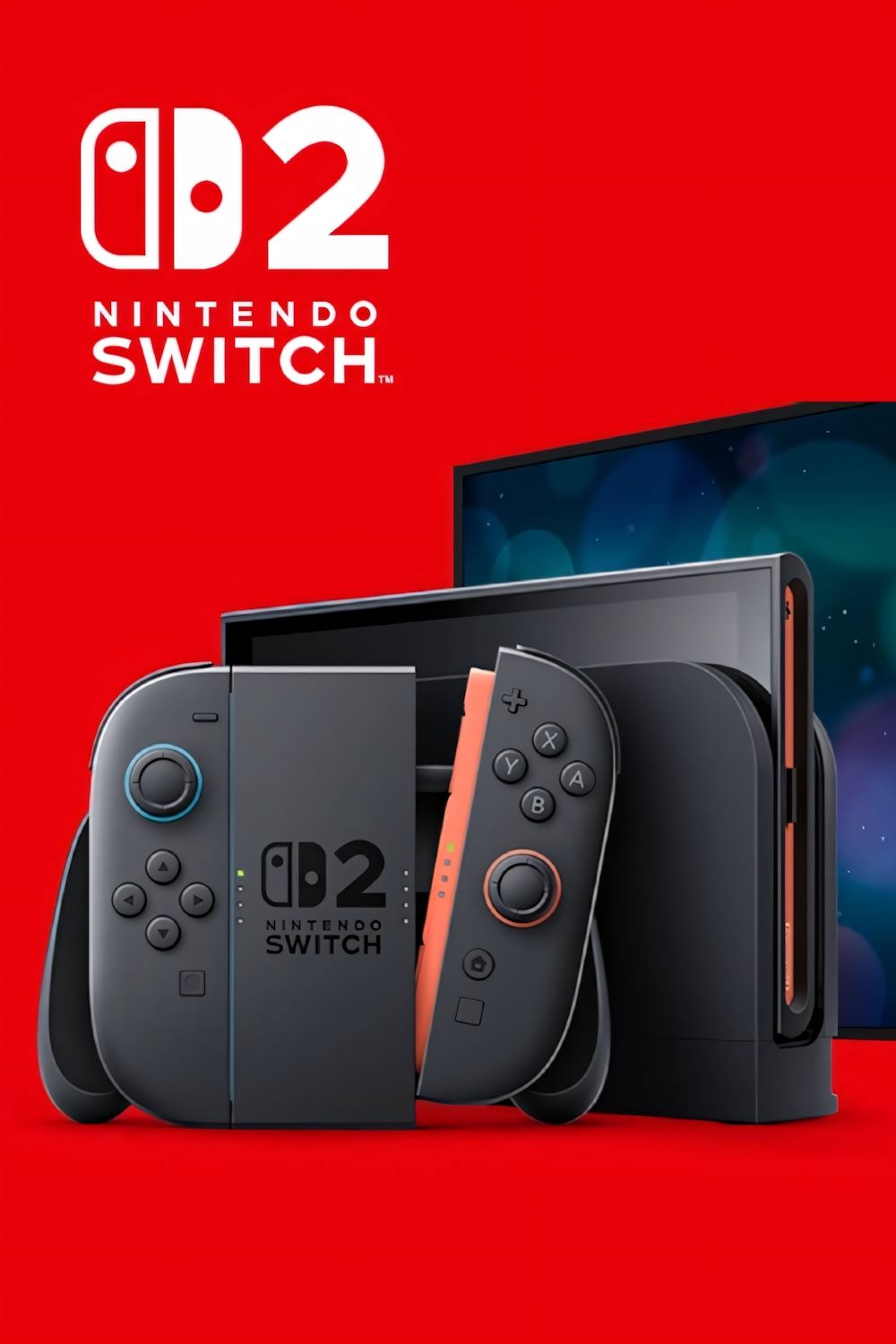
Nintendo Switch 2
The Nintendo Switch 2 is the successor to Nintendo Switch, scheduled for release in 2025. Confirmed as backwards compatible, it will play both physical and digital Nintendo Switch games. A full reveal is pencilled in for April 2, 2025.
Source link
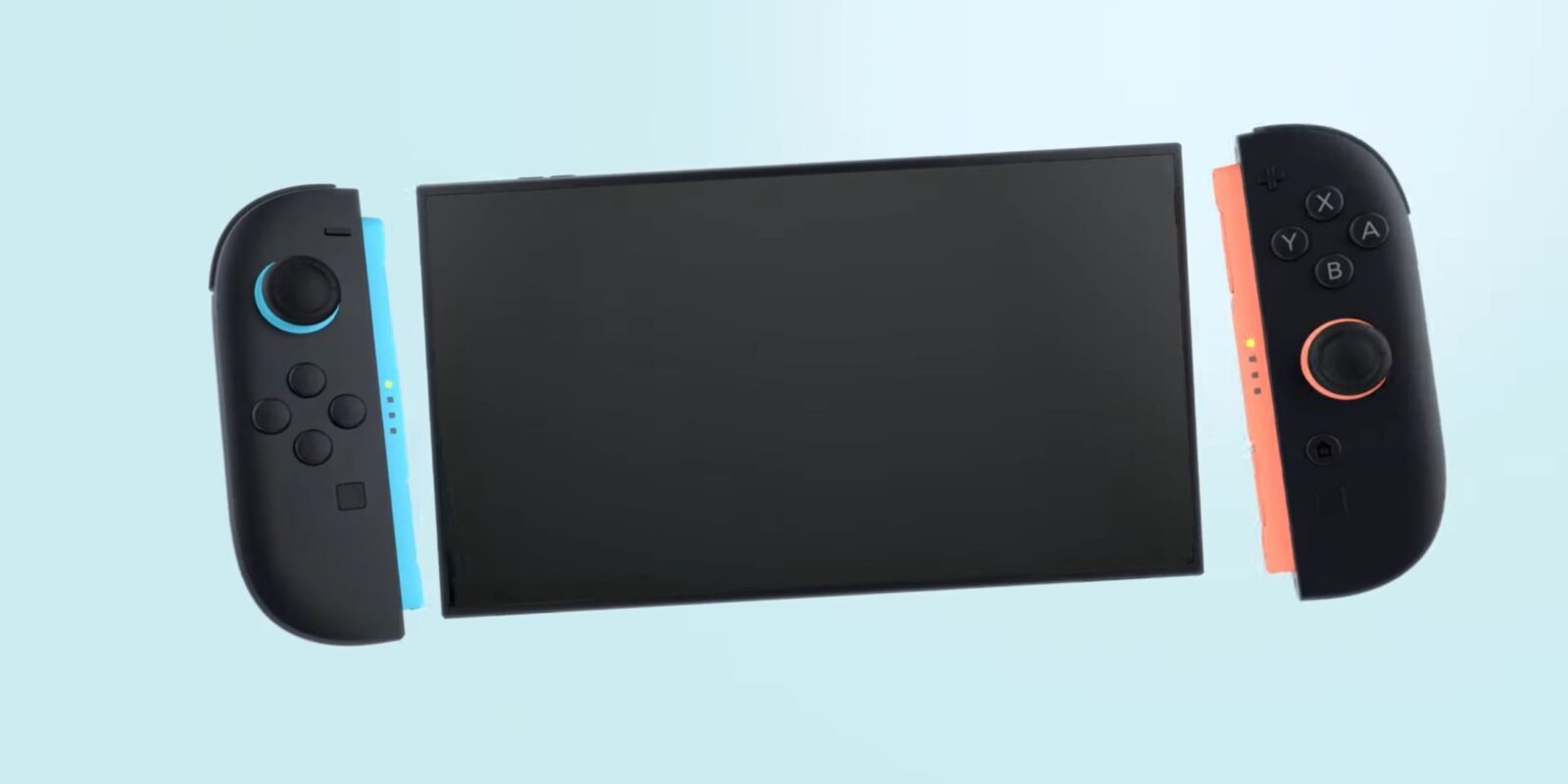

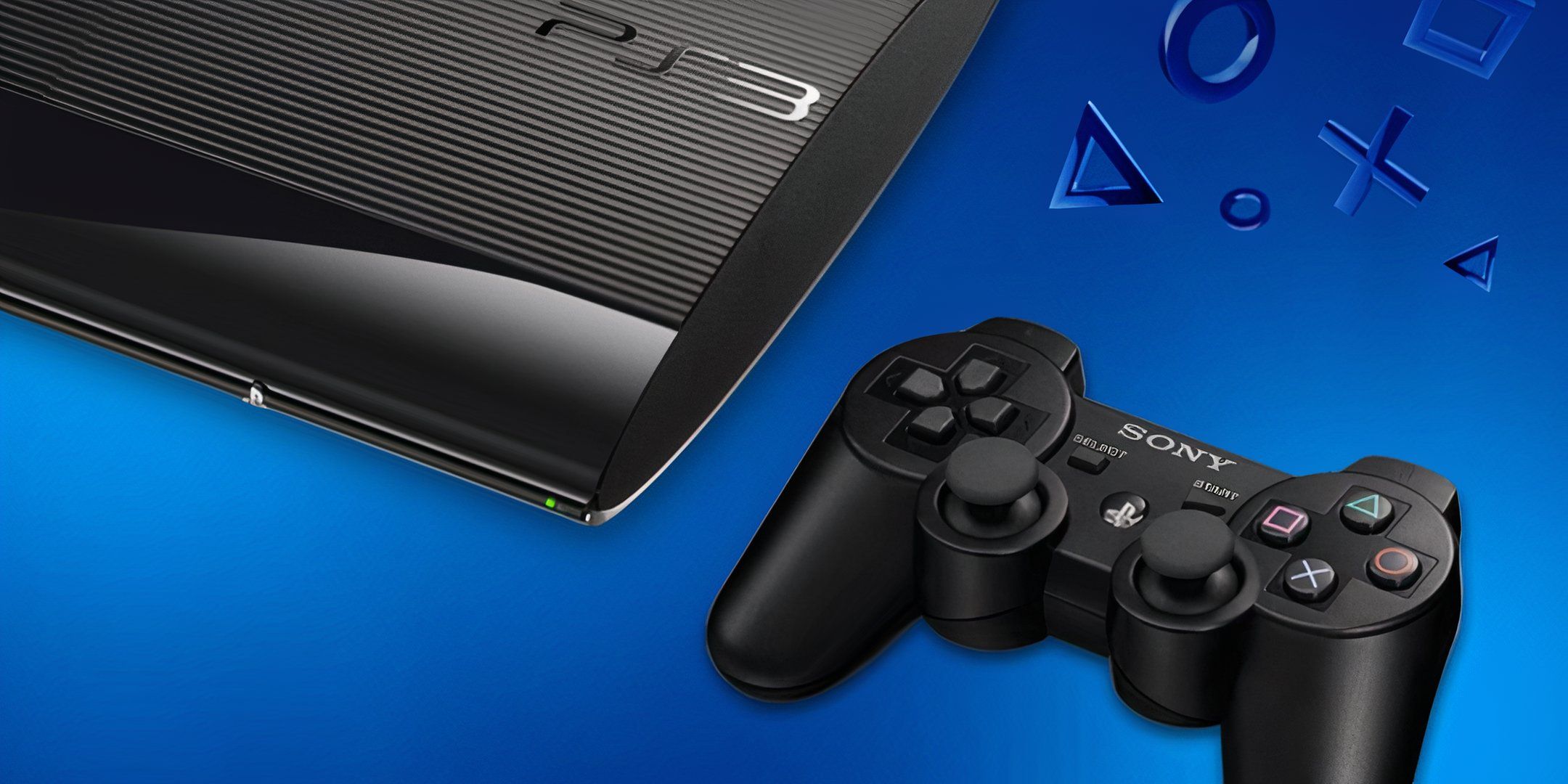
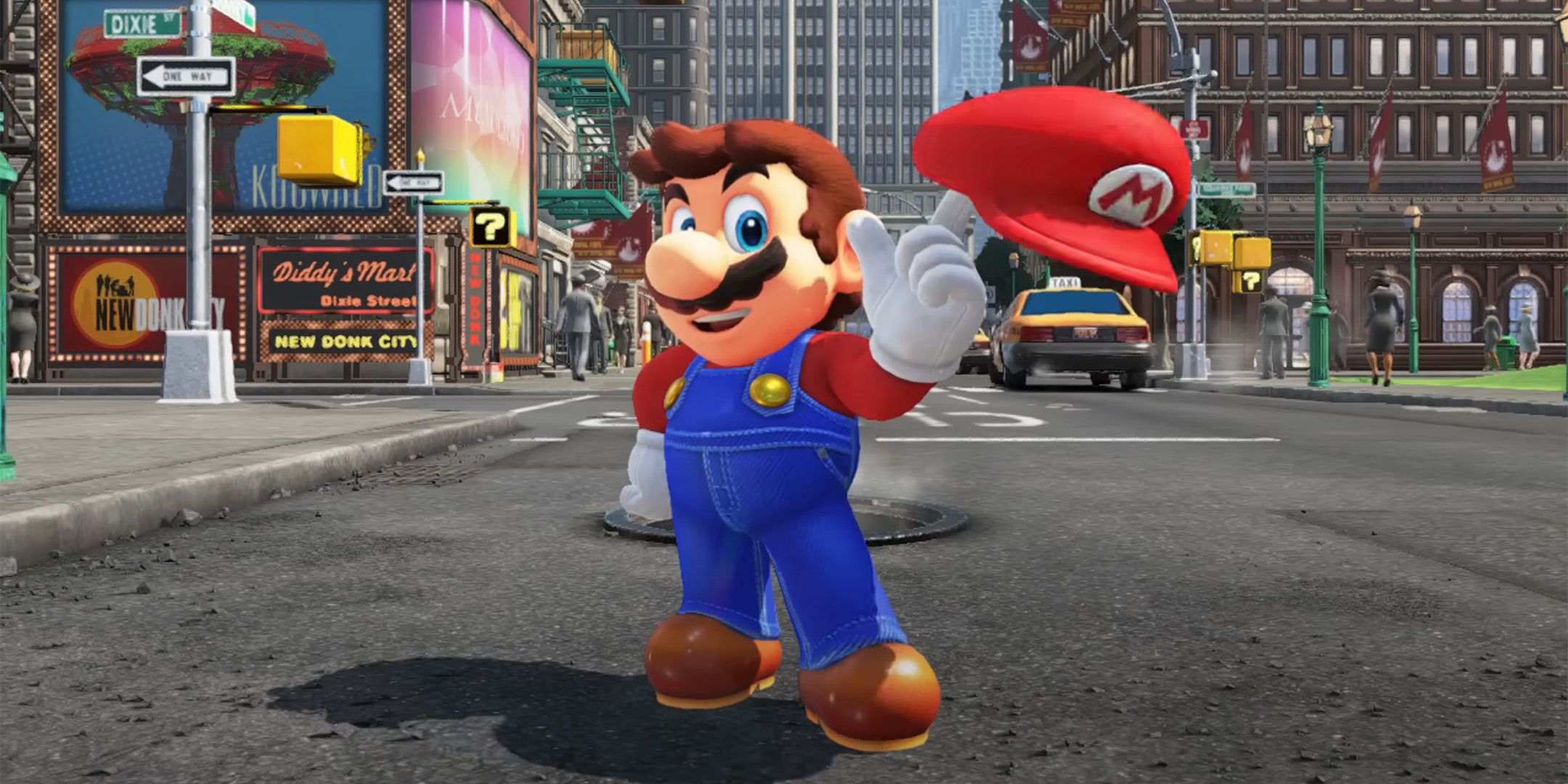




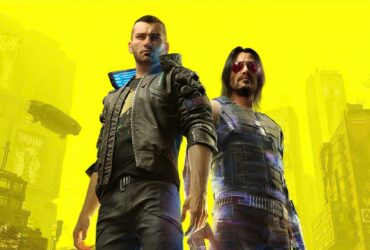
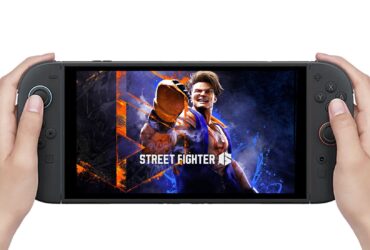

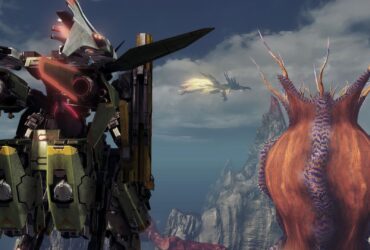

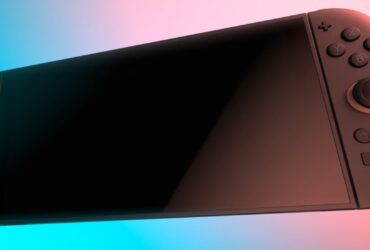
Leave a Reply